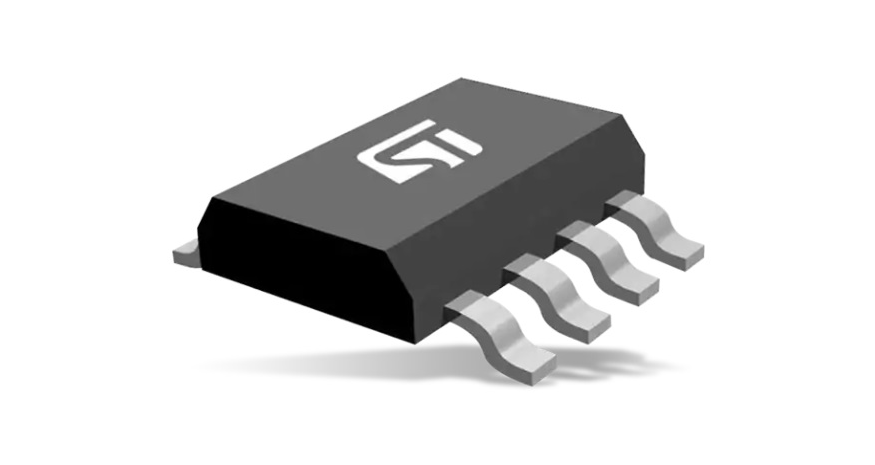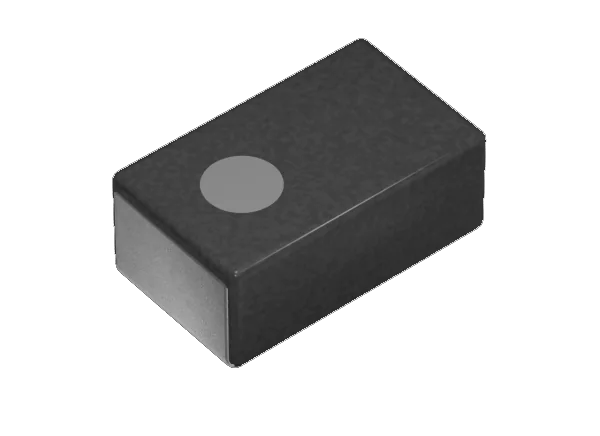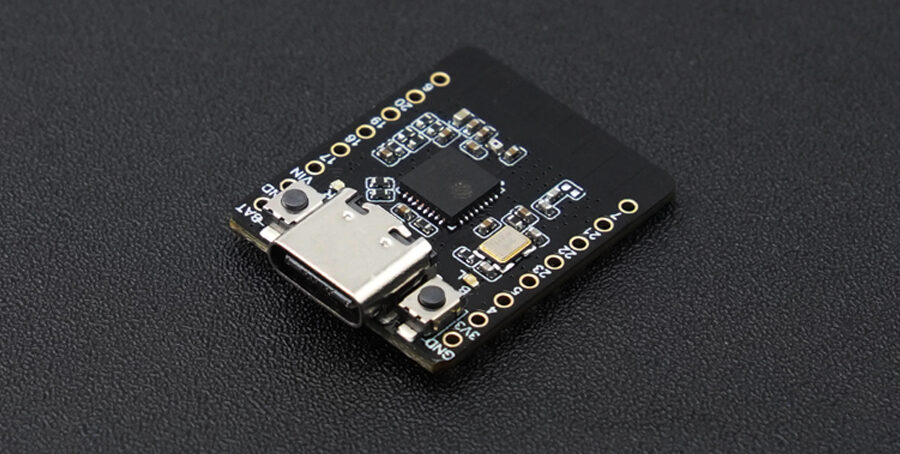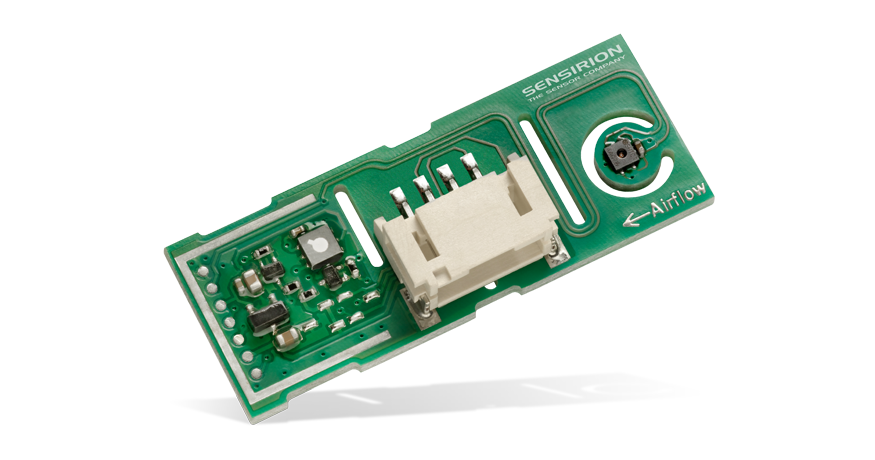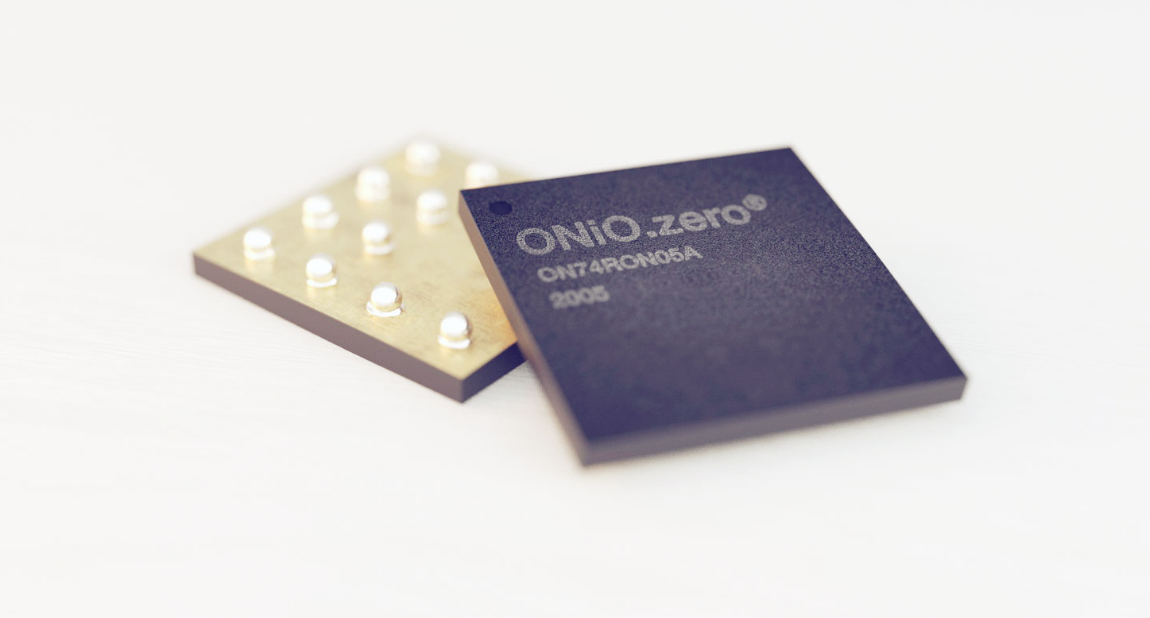
ONiO, a Norwegian healthcare-focused Internet of Things (IoT) expert has unveiled ONiO.zero, an ultra-low-power RISC-V-based microcontroller capable of operating solely from harvested energy — without needing a battery, capacitor, or any other means of energy storage. The company says “ONiO.zero is an ultra-low-power wireless MCU that uses energy harvesting technology.” This indicates that the ONiO.zero solely functions on energy harnessed from its surroundings. With no coin cell, no supercap, no lithium, no battery at all, the ONiO.zero is still a ton of power.
The company says:
“Battery based solutions come with the inevitable caveat of battery replacement, which translates to an incremental cost, throughout their ownership. ONiO.zero circumvents this pain point and slashes the cost of ownership. It can be used to power sensors and devices for years, without having to spare a thought about maintenance — deploy and forget. ONiO.zero is self-powered and supports a wide range of power sources from multi-frequency RF bands supporting GSM and ISM to optional external sources like solar, piezoelectric, thermal and voltaic cells.”
Having no battery means fewer components and a smaller design, which can easily be integrated into a wide range of solutions – be it fabrics, jewelry, watches, wearable medical devices, livestock or building sensors. More importantly, this makes for a cleaner, more eco-friendly solution.

The microcontroller is based on the open source RISC-V instruction set architecture, specifically the RV32EMC, which runs at up to 24MHz when fed with 1.8V. The controller can also operate at a lower voltage when required: 1V offers 6MHz, and 0.8V offers 1MHz. According to the company, the chip will continue to run – albeit at ever-decreasing speeds – as low as 450mV. There’s 1kB of mask ROM and 2kB of RAM included, along with 8-32kB of ultra-low-power flash storage capable of 100,000 write cycles and readable down to 850mV. The ONiO.zero also features a crystal-free Bluetooth Low Energy (BLE) transmitter, which operates at voltages as low as 850mV, an IEEE 802.15.4 ultra-wide-band (UWB) transmitter which operates in the 3.5-10GHz band, and an optional 433MHz MICS radio transmitter for industrial, scientific, and medical band use.
The chip’s energy is a result of an internal radio-frequency rectifier, which harvests power from the 800/900/1800 and 1900/2400MHz bands (ISM and GSM). In the case of environments without sufficient radio-frequency energy to effectively power the chip, the “internal power factory” supports photovoltaic cells down to 400mV, piezoelectric, and thermal sources from 1.8V to 3.6V. More information on ONiO.zero can be found in the datasheet available on the official product page.





